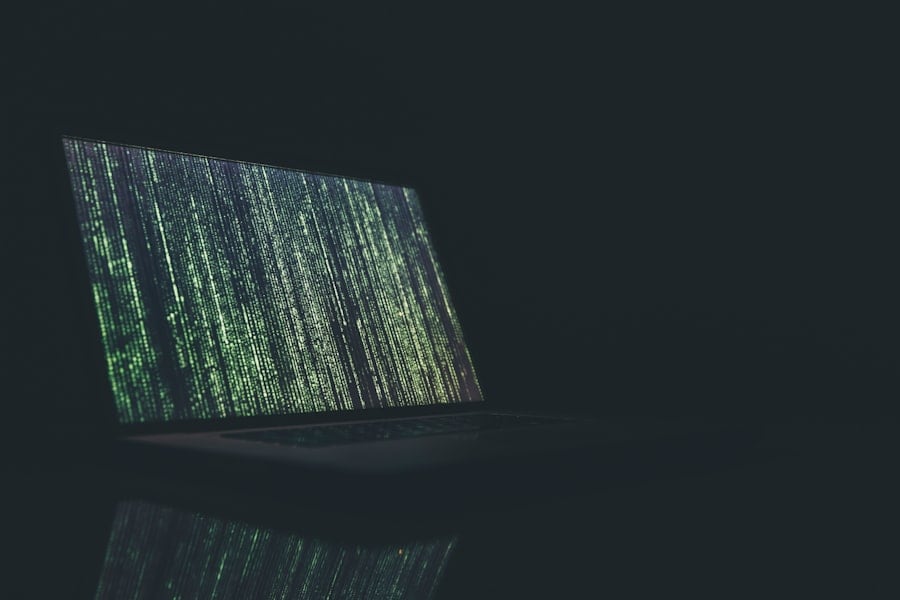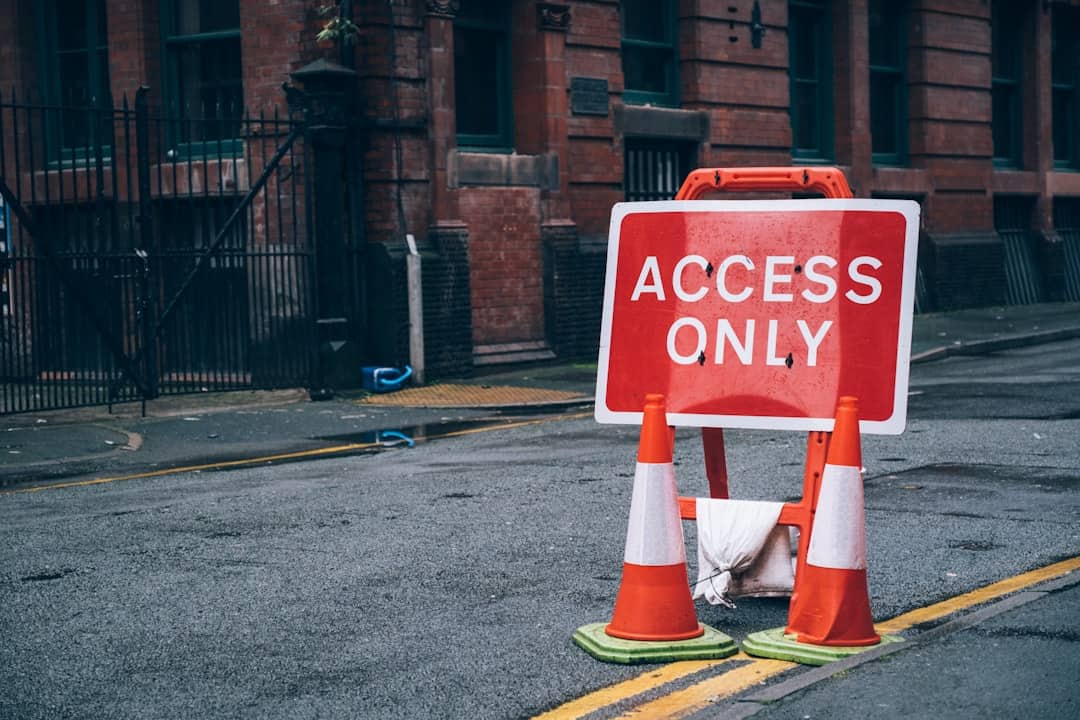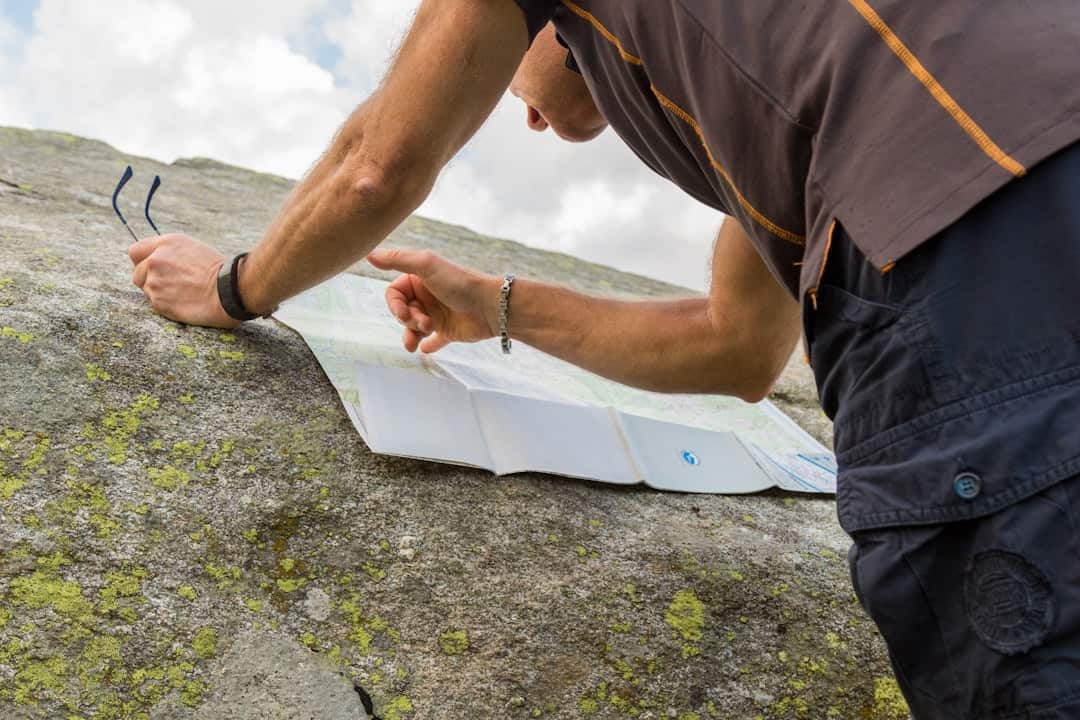SIEM (Security Information and Event Management) is a comprehensive security management approach that integrates security information management (SIM) and security event management (SEM) capabilities. This technology provides organizations with a unified view of their information security by collecting, analyzing, and correlating security data from various sources in real-time. SIEM is designed to help organizations detect and respond to security threats, ensure regulatory compliance, and enhance overall security posture.
SIEM functions as the central nervous system of an organization’s security infrastructure, offering real-time visibility into security events and enabling swift response to potential threats. By aggregating and analyzing data from network devices, servers, applications, and other sources, SIEM identifies patterns and anomalies that may indicate security breaches or compliance issues. This proactive approach to security management allows organizations to mitigate risks and protect sensitive data from unauthorized access or malicious activity.
In incident response and forensic analysis, SIEM plays a crucial role by enabling security teams to investigate security incidents, monitor user activity, and determine the root cause of security breaches. SIEM also provides comprehensive reporting and auditing capabilities, which are essential for demonstrating compliance with industry regulations and internal security policies. Overall, SIEM technology is an effective tool for improving an organization’s security posture and minimizing the impact of security incidents.
Key Takeaways
- SIEM technology stands for Security Information and Event Management, which is a comprehensive approach to security management that combines real-time monitoring, threat detection, incident response, and compliance management.
- Cyber security is crucial in today’s digital world due to the increasing frequency and sophistication of cyber attacks, which can result in data breaches, financial losses, and damage to an organization’s reputation.
- SIEM technology works by collecting and analyzing security data from various sources, such as network devices, servers, and applications, to identify and respond to security threats and incidents in real time.
- Key features and benefits of SIEM technology include centralized log management, real-time threat detection, incident response automation, compliance reporting, and improved visibility into an organization’s security posture.
- Implementing SIEM technology in your organization requires careful planning, including defining security use cases, selecting the right SIEM solution, and integrating it with existing security tools and processes to ensure effective deployment and operation.
The Importance of Cyber Security in Today’s Digital World
The Evolving Cyber Threat Landscape
The rise of remote work, cloud computing, and interconnected devices has further expanded the attack surface, making it more difficult for organizations to defend against cyber threats.
The Consequences of Cyber Attacks
Cyber attacks can have devastating consequences for organizations, including financial losses, reputational damage, and legal liabilities. In addition to financial motives, cyber criminals may also seek to disrupt operations, steal intellectual property, or compromise national security.
Regulatory Requirements and Compliance
Furthermore, regulatory requirements such as the General Data Protection Regulation (GDPR) and the Health Insurance Portability and Accountability Act (HIPAA) impose strict obligations on organizations to protect personal data and sensitive information. Failure to comply with these regulations can result in severe penalties and legal consequences. Therefore, organizations must prioritize cyber security to ensure compliance with industry regulations and protect the privacy of their customers and employees.
How SIEM Technology Works to Strengthen Cyber Security

SIEM technology works by collecting and aggregating security data from various sources within an organization’s network, such as firewalls, intrusion detection systems, antivirus software, and authentication logs. This data is then normalized and correlated to identify patterns, anomalies, and potential security incidents. By analyzing this data in real time, SIEM technology enables organizations to detect and respond to security threats more effectively.
One of the key components of SIEM technology is its ability to provide real-time monitoring and alerting capabilities. This allows security teams to receive immediate notifications about suspicious activities or potential security breaches, enabling them to take swift action to mitigate risks. Additionally, SIEM technology can automate the process of incident response by triggering predefined actions or workflows in response to specific security events.
Another important aspect of SIEM technology is its advanced analytics capabilities, which enable organizations to gain deeper insights into their security posture and identify emerging threats. By leveraging machine learning and behavioral analytics, SIEM technology can detect abnormal patterns of user behavior or network activity that may indicate a security breach. This proactive approach to threat detection allows organizations to stay ahead of cyber threats and prevent potential damage to their systems and data.
Overall, SIEM technology plays a critical role in strengthening cyber security by providing organizations with real-time visibility into their security posture, enabling rapid response to security incidents, and empowering proactive threat detection and mitigation.
Key Features and Benefits of SIEM Technology
| Key Features and Benefits of SIEM Technology |
|---|
| Real-time monitoring and alerting |
| Log management and analysis |
| Threat detection and response |
| Compliance reporting and auditing |
| Centralized visibility and control |
| Improved incident response time |
| Reduced security risks and vulnerabilities |
SIEM technology offers a wide range of features and benefits that are essential for strengthening an organization’s cyber security posture. Some of the key features of SIEM technology include real-time monitoring and alerting, advanced analytics and threat detection, automated incident response, comprehensive reporting and auditing capabilities, and integration with other security tools and technologies. Real-time monitoring and alerting capabilities enable organizations to stay informed about potential security threats as they occur, allowing them to take immediate action to mitigate risks.
Advanced analytics and threat detection capabilities enable organizations to identify patterns and anomalies that may indicate a security breach or compliance issue. Automated incident response capabilities enable organizations to streamline the process of responding to security incidents by triggering predefined actions or workflows. Comprehensive reporting and auditing capabilities enable organizations to demonstrate compliance with industry regulations and internal security policies by providing detailed insights into their security posture.
Integration with other security tools and technologies enables organizations to leverage the full potential of their existing security infrastructure while enhancing their overall security posture. The benefits of SIEM technology include improved visibility into an organization’s security posture, enhanced threat detection and response capabilities, streamlined incident response processes, improved compliance with industry regulations, and reduced impact of security incidents. Overall, SIEM technology provides organizations with the tools they need to strengthen their cyber security posture and protect their sensitive data from unauthorized access or malicious activity.
Implementing SIEM Technology in Your Organization
Implementing SIEM technology in your organization requires careful planning and consideration of various factors such as organizational needs, budget constraints, existing security infrastructure, and regulatory requirements. The first step in implementing SIEM technology is to conduct a thorough assessment of your organization’s current security posture and identify any gaps or weaknesses that need to be addressed. Once you have identified your organization’s specific security needs and requirements, you can begin evaluating different SIEM solutions to find the one that best aligns with your goals.
It is important to consider factors such as scalability, ease of deployment, integration capabilities, vendor support, and total cost of ownership when selecting a SIEM solution. After selecting a SIEM solution that meets your organization’s needs, the next step is to plan the implementation process. This may involve deploying new hardware or software components, integrating the SIEM solution with existing security tools and technologies, configuring the system to collect and analyze relevant security data, and training your security team on how to use the new system effectively.
Once the SIEM solution is up and running, it is important to continuously monitor its performance and make adjustments as needed to ensure that it continues to meet your organization’s evolving security needs. This may involve fine-tuning alerting thresholds, updating correlation rules, or integrating new data sources into the system. Overall, implementing SIEM technology in your organization requires careful planning, thorough evaluation of different solutions, effective deployment and integration processes, and ongoing monitoring and maintenance to ensure that the system continues to strengthen your organization’s cyber security posture.
Best Practices for Maximizing the Effectiveness of SIEM Technology

Define Security Goals and Requirements
Clearly define your organization’s security goals and requirements before selecting a SIEM solution. This will ensure that the chosen solution aligns with your organization’s specific needs and objectives.
Proper Configuration and Integration
Ensure that the SIEM solution is properly configured to collect and analyze relevant security data from all sources within your organization’s network. Additionally, integrate the SIEM solution with other security tools and technologies to leverage the full potential of your existing security infrastructure.
Ongoing Monitoring and Maintenance
Regularly review and update correlation rules to ensure that the system can effectively detect emerging threats. Continuously monitor the performance of the SIEM solution and make adjustments as needed to ensure that it continues to meet your organization’s evolving security needs. Train your security team on how to use the SIEM solution effectively for real-time monitoring, alerting, incident response, and reporting. By following these best practices, you can maximize the effectiveness of SIEM technology in strengthening your cyber security posture and protecting your sensitive data from unauthorized access or malicious activity.
The Future of Cyber Security and the Role of SIEM Technology
The future of cyber security will be shaped by emerging technologies such as artificial intelligence (AI), machine learning (ML), Internet of Things (IoT), cloud computing, and 5G networks. These technologies will create new opportunities for organizations to improve their operational efficiency and customer experience but will also introduce new challenges in terms of cyber security. As organizations continue to adopt these emerging technologies, they will need advanced cyber security solutions such as SIEM technology to protect their systems and data from evolving cyber threats.
SIEM technology will play a crucial role in providing real-time visibility into an organization’s security posture, enabling rapid response to potential threats, detecting emerging threats through advanced analytics capabilities, ensuring compliance with industry regulations through comprehensive reporting and auditing capabilities. Furthermore, as cyber attacks become more sophisticated and targeted, organizations will need advanced threat detection capabilities provided by SIEM technology to stay ahead of potential threats. By leveraging machine learning algorithms and behavioral analytics, SIEM technology can detect abnormal patterns of user behavior or network activity that may indicate a security breach.
Overall, the role of SIEM technology in the future of cyber security will be essential for helping organizations protect their sensitive data from unauthorized access or malicious activity while ensuring compliance with industry regulations. As organizations continue to face unprecedented challenges in protecting their systems and data from cyber threats, SIEM technology will be a critical tool for strengthening their cyber security posture and mitigating risks effectively.
If you’re interested in the intersection of cybersecurity and virtual worlds, you may want to check out this article on metaverse platforms and ecosystems. It explores the social dynamics and security implications of virtual worlds, which are becoming increasingly important as more people spend time in digital spaces.
FAQs
What is SIEM cyber security?
SIEM stands for Security Information and Event Management. It is a technology that provides real-time analysis of security alerts generated by network hardware and applications.
How does SIEM work?
SIEM works by collecting and aggregating log data generated throughout the organization’s technology infrastructure, then identifying and responding to security events.
What are the benefits of using SIEM for cyber security?
Some benefits of using SIEM for cyber security include real-time monitoring, threat detection, compliance management, and incident response.
What are some key features of SIEM solutions?
Key features of SIEM solutions include log management, security information management, security event management, and security incident management.
How does SIEM help with compliance management?
SIEM helps with compliance management by providing automated reporting and log management, which are essential for meeting regulatory requirements.
What are some common challenges with implementing SIEM solutions?
Common challenges with implementing SIEM solutions include high initial costs, complex deployment and configuration, and the need for ongoing maintenance and updates.
What are some popular SIEM solutions in the market?
Some popular SIEM solutions in the market include Splunk, IBM QRadar, LogRhythm, and McAfee Enterprise Security Manager.











Leave a Reply